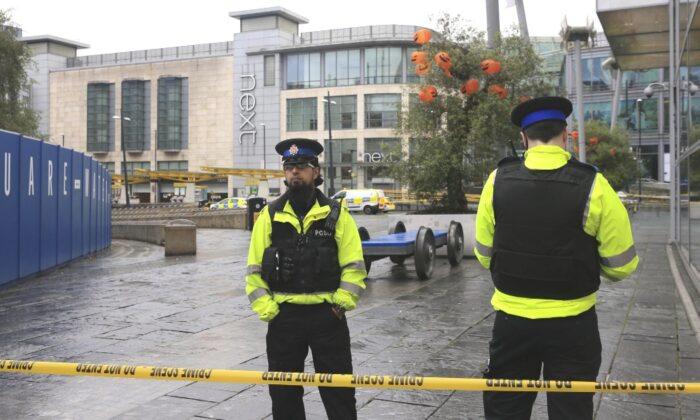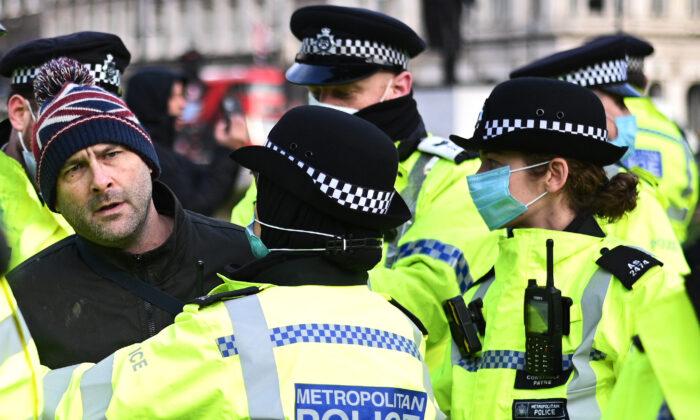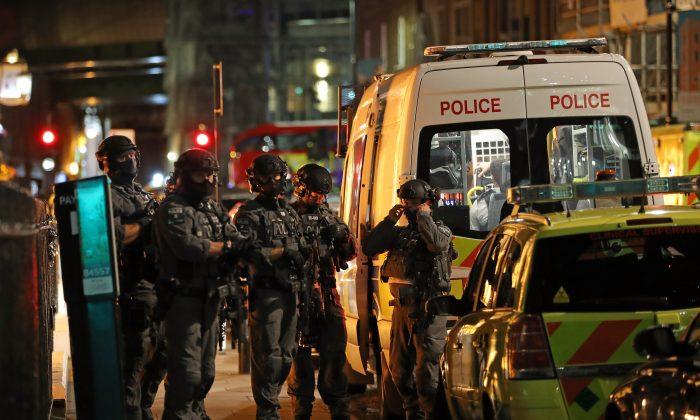England’s National Health Service is struggling more amid the CCP virus pandemic than it has in its 72-year history, its Chief Executive Officer said on Sunday.
“The facts are very clear and I’m not going to sugar-coat them,” he said. “Hospitals are under extreme pressure and staff are under extreme pressure.”

The problem is not only in hospitals in London and the southeast where a new variant of the virus originally proliferated, Stevens said, but also in regions like the East of England, the Midlands, and the Northwest, including Merseyside which he said is “right back under the cosh.”
To cope with demand, he said that critical care capacity had been expanded over the summer and was up to 5,600 beds from 3,700.
This was partly achieved, he said, by nurses making “dynamic adjustments in real-time” and increasing intensive care nurse-to-patient ratios from the normal one-to-one ratio to one-to-two and even one-to-three ratios as needed.
Playing down concerns over critical care patients being moved to other regions due to capacity issues in their original hospital, Stevens said that this had only happened in “a very small number of cases.”
In a one-day snapshot of Jan. 16, he said it was likely that just nine out of a total of 5,000 CCP virus patients in critical care were moved on that day.
However, chair of the Patients Association Lucy Watson said transferring critical care patients was a worrying sign.
“Moving intensive care patients long distances across country is a clear indicator that the NHS in London has been overwhelmed by COVID-19,” she said in a statement emailed to The Epoch Times.
“We can only hope that lockdown measures will quickly start to ease pressure on the NHS, to enable it to provide the best care possible for all patients,” she said.
Stevens predicted the pressure on hospitals and other NHS services like ambulances and mental health care that are among the “the whole gamut” of services it provides will increase rather than decrease over coming weeks.
He forecasted the increased pressure on services due to infections being still on the rise in the over 60’s in some regions and despite the vaccination program having got off to a “very strong start.”
Asked if the NHS had ever been in a more precarious situation, he said it had not.
“I think this is a unique event in our 72-year history,” he said.
“It’s sort of become glib to talk about this as the worst pandemic in a century but that’s correct. We have got three quarters more COVID inpatients now than we had in the April peak,” he added.
According to the government, vaccine supply is currently the limiting factor in the logistics of the rollout.
The logistics arm of the military—normally responsible for maintaining supply chains in fast-changing war zones—has been enlisted to help manage the rollout alongside the NHS.





